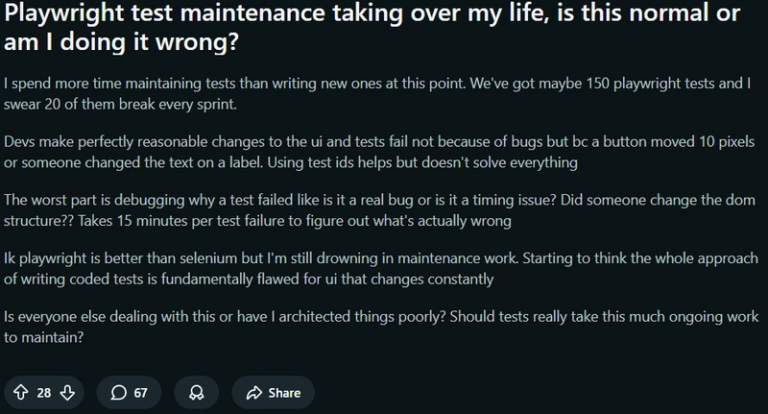How to Add Internationalization (i18n) to a React App Using i18next [2025 Edition]
In today’s digital landscape, react internationalization is critical for delivering personalized, accessible content to users around the world. Whether you’re building a multilingual eCommerce platform or a SaaS dashboard, adding i18n to react app helps extend your product’s reach and improve user experience.
This step-by-step guide shows you how to add i18n to react app using the powerful and popular i18next library—fully optimized for the demands of 2025 projects.
Why Add i18n to React Apps?
Implementing i18n to react app allows you to:
- Display your app in multiple languages
- Adapt to different locales (currency, date formats, etc.)
- Improve global usability and brand accessibility
- Comply with international business standards
By integrating react internationalization early in your development process, you avoid painful rewrites and enable future scalability.
Prerequisites
Before you start, make sure you have:
- A working React project (Create React App or Next.js)
- Basic knowledge of React components and hooks
- Node.js and npm installed
Step 1: Install i18next and React-i18next
To begin integrating i18n to react app, install the required packages:
npm install i18next react-i18next
To enable auto-detection of the user’s language, install an optional language detector:
npm install i18next-browser-languagedetector
Step 2: Prepare Translation Files
Translation resources are stored in JSON format, usually organized by language. Create a locales directory with subfolders for each supported language:
/public
/locales
/en
translation.json
/es
translation.json
Sample translation.json:
{
“welcome”: “Welcome to our app”,
“description”: “Your go-to multilingual React application.”
}
Step 3: Initialize i18next
Create an i18n.js file in your src directory to configure i18n to react app.
import i18n from ‘i18next’;
import { initReactI18next } from ‘react-i18next’;
import LanguageDetector from ‘i18next-browser-languagedetector’;
i18n
.use(LanguageDetector)
.use(initReactI18next)
.init({
fallbackLng: ‘en’,
debug: false,
interpolation: {
escapeValue: false
},
resources: {
en: {
translation: require(‘./locales/en/translation.json’)
},
es: {
translation: require(‘./locales/es/translation.json’)
}
}
});
export default i18n;
This is your main react i18n configuration file and ensures translations are available app-wide.
Step 4: Integrate i18n Into Your App
To activate your translation setup, import i18n.js in your main file, typically index.js or App.js.
import ‘./i18n’;
Now your React app is ready to support multiple languages.
Step 5: Use Translations with the useTranslation Hook
Use the useTranslation hook to retrieve localized content within components:
import { useTranslation } from ‘react-i18next’;
function Welcome() {
const { t } = useTranslation();
return (
{t(‘welcome’)}
{t(‘description’)}
);
}
This pattern is foundational in any react i18n tutorial and allows you to replace hardcoded text with dynamic content.
Step 6: Add a Language Switcher
To allow users to toggle languages:
i18n.changeLanguage(‘en’)}>EN
i18n.changeLanguage(‘es’)}>ES
Pair this with browser detection for a smarter user experience.
Step 7: Best Practices for React I18n
Here are some tips to help you maintain a clean and scalable i18n setup:
- Externalize all user-facing strings
- Use short, meaningful translation keys
- Implement react i18n configuration with fallbacks and lazy loading
- Use namespaces to split large translation files
- Avoid mixing logic and content in components
For larger apps or global rollouts, consider professional reactjs development services to support integration with CMS, TMS (Translation Management Systems), and performance optimizations.
Conclusion
Adding i18n to react app using i18next is a smart move for any modern application aiming to support multilingual users. This guide covered the basics of setting up translation files, configuring the i18n instance, and displaying dynamic content using React components.
By following this react i18n tutorial, you’re building a foundation for accessible, inclusive, and globally ready software.
Remember, react internationalization isn’t just about changing words—it’s about delivering localized, culturally aware user experiences. Whether you’re building a startup MVP or scaling an enterprise platform, i18n to react app ensures you’re ready for the global stage.

